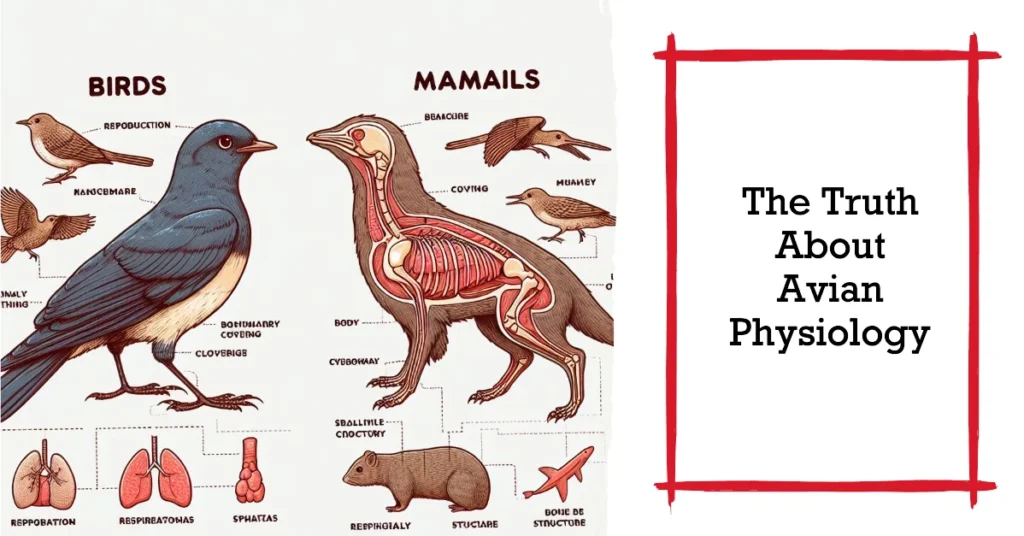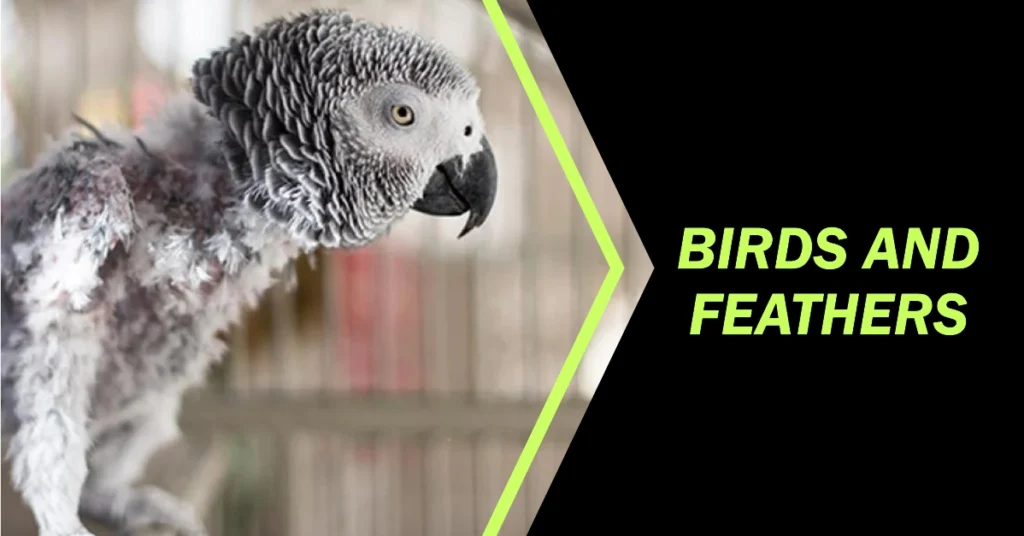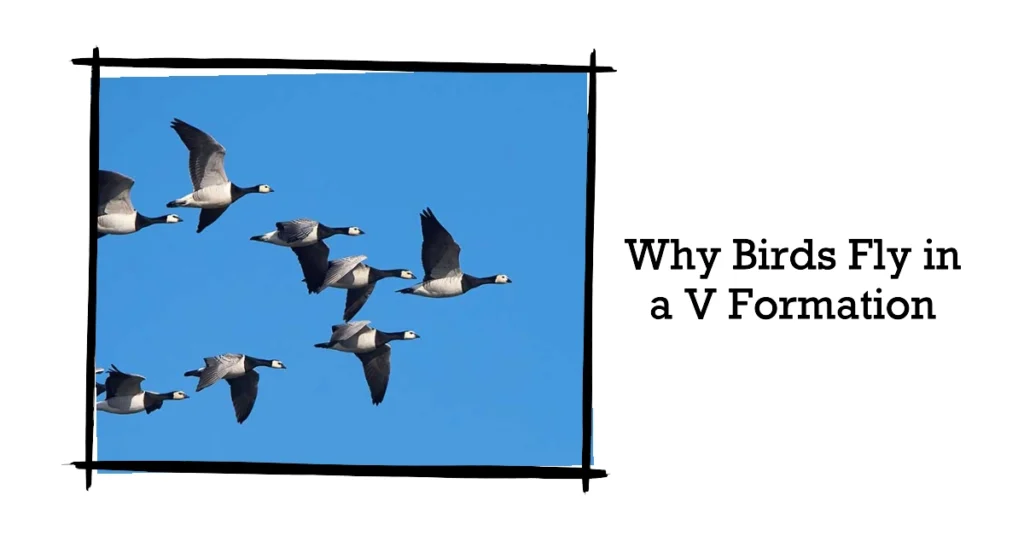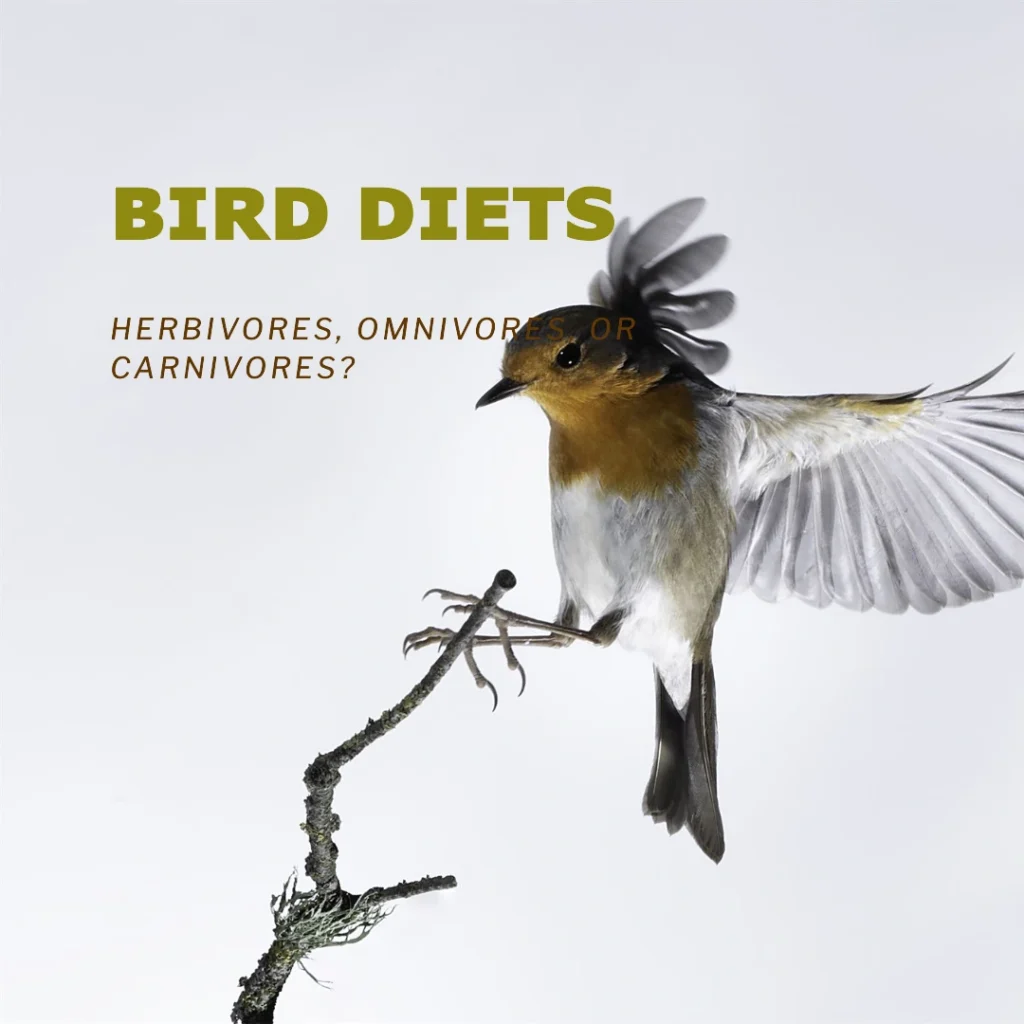
Birds and mammals are two distinct groups of animals that share some similarities but also have many differences. While both are warm-blooded and have backbones, birds are not mammals. Birds belong to a separate class called Aves, while mammals belong to the class Mammalia.
What Makes a Bird a Bird?
Several key characteristics define birds and distinguish them from mammals. Here are some of the most important features that make a bird a bird:
Birds Have Feathers
One of the most obvious differences between birds and mammals is that birds have feathers. Feathers are unique structures made of keratin, the same material that makes up hair and nails in mammals. Feathers are lightweight and help birds fly, stay warm, and attract mates.
Birds Lay Eggs
Another characteristic of birds is that they reproduce by laying eggs. Female birds have a single ovary and oviduct, where eggs are produced and then laid. In contrast, mammals give birth to live young and feed their offspring with milk from mammary glands.
Birds Have Wings and Can Fly
Most birds have wings and can fly, although there are some flightless bird species like penguins and ostriches. The ability to fly is a key adaptation that has allowed birds to thrive in various environments.
Birds Have Toothless Beaks
Birds do not have teeth. Instead, they have beaks made of keratin, which they use for eating, preening, and other activities.
Birds Have Hollow Bones
To reduce weight and make flying easier, birds have hollow bones. This adaptation helps them conserve energy during flight.
Similarities Between Birds and Mammals
While birds and mammals are distinct groups, they do share some similarities:
- Both are warm-blooded animals, meaning they can regulate their body temperature.
- Both have backbones and are vertebrates.
- Both breathe air and have lungs for respiration.
- Both have four-chambered hearts and closed circulatory systems.
Key Differences Between Birds and Mammals

Despite these similarities, there are many key differences between birds and mammals:
| Birds | Mammals |
| Have feathers | Have fur or hair |
| Lay eggs | Give birth to live young |
| Have wings and can fly (most species) | Cannot fly (except bats) |
| Have toothless beaks | Have teeth |
| Have hollow bones | Have solid bones |
| Do not produce milk | Females produce milk to feed young |
| Have a single ovary and oviduct | Have two ovaries and fallopian tubes |
Birds Are More Closely Related to Reptiles
While birds and mammals are both vertebrates, birds are more closely related to reptiles than to mammals. The ancestors of birds split from the ancestors of mammals over 300 million years ago. Birds evolved from a group of dinosaurs called theropods, which were bipedal, meat-eating reptiles.
Birds and Mammals in the Animal Kingdom

In the classification of living organisms, birds and mammals belong to different classes within the phylum Chordata (animals with backbones):
- Birds belong to the class Aves.
- Mammals belong to the class Mammalia.
Both classes are part of the subphylum Vertebrata, which includes animals with backbones and spinal cords.
Conclusion
In summary, while birds and mammals share some similarities as warm-blooded vertebrates, they are distinct groups of animals with many differences. Birds are not mammals; they belong to the class Aves and have unique characteristics such as feathers, wings, and the ability to lay eggs. Understanding the key differences between birds and mammals helps us appreciate the diversity of life on our planet.








